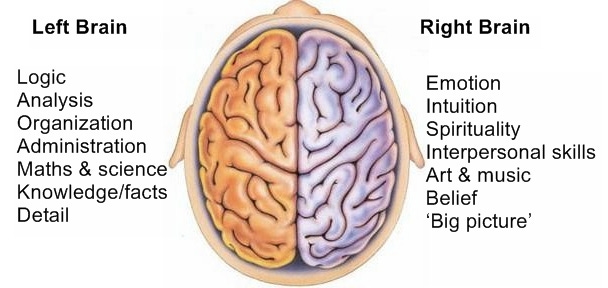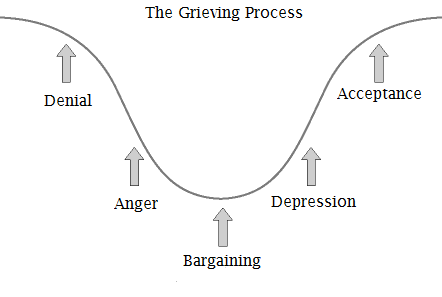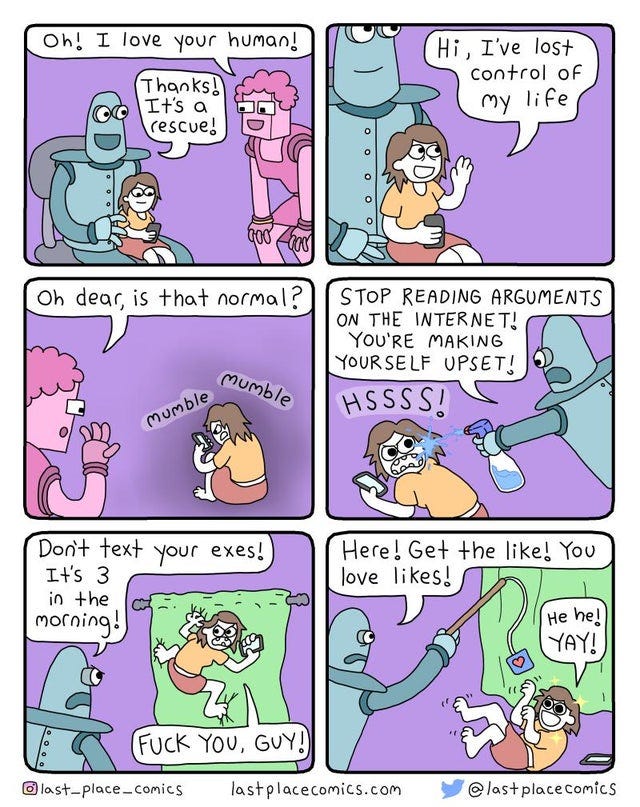On the other side of Anger
Increasing our emotional acuity, Crying in H Mart, blockchain updates, and media addiction
(A bit of a longer post this week on a topic near and dear to my heart - enjoy!)

Hi friend,
Given what is happening with the loss of reproductive rights in Texas, global warming hurricanes ravaging states, and the crumbling state of Afghanistan, there is naturally a ton of anger to feel/hold/experience with many aspects of our society and larger world.
When I started my social activism work, it was largely fueled by anger. I was upset by the violence, intolerance, and systematic oppression that continue to damage our vulnerable and marginalized communities.
One of the most significant developments during the pandemic has come through working on my emotional acuity - understanding emotional sensations as they are triggered and deciphering the more profound message it’s bringing.
It was to learn and work with this anger; otherwise, be consumed and broken by my empathetic means.
Our brains are divided into two hemispheres - the left overseeing our verbal processing (ex: reading the words: sun, soup, and snake and bringing to the mind the picture of the objects) and the right overseeing emotional processing (ex: reading the words: sun, soup, and snake and becoming aware of the deeper “felt” abstract sensations behind the objects themselves).
Separate, but not equal
The west heavily emphasizes left-brain over right-brain observations. (When was the last time you were encouraged to choose emotional over logical reasoning?)
Not only this, our verbal language used to describe left-brain processes is extremely limited. We don’t have enough words in our dictionary to describe everything we have ever experienced. This is quite clear when languages outside of our own have countless idioms, phrases, and words that struggle to be translated but capture the essence of an experience much better than a lengthy paragraph of stumbling words. (For anyone bilingual - you know these translations never do justice)
On the flip side, our right-brain emotional hemisphere gathers information processed through our five senses, and our bodies produce these abstract, nameless emotional sensations (that “gut” feeling). But because we’ve been so accustomed to using our left-brain verbal processing, we quickly shift over to name and verbalize the sensation (“anger”) rather than sit with that sensation to understand better what exactly is showing up.
Although we have limited vocabulary to name these particular sensations, it gets even more complex:
Physiological reactions between emotions can be almost identical - such as “anxiety” vs. “excitement.” How can we discern between emotions? How can we be sure we are experiencing one over the other? (Why we can’t “logic” our way towards emotional acuity)
We are the product of our culture and education. Our awareness of “anger” is the summation of insights outside of our own.
Cultural pressures dogmatize certain “bad” emotions, such as anger, sadness, and boredom. When in fact, anger helps us confront issues, sadness identifies things we have yet to mourn, and boredom to help calibrate our internal barometer. (When was the last time others celebrated your anger, sadness, or boredom? Or within your workplace?)
How good is your emotional acuity? Can you tell the difference between these sensations as they show up in your body? (It gets harder to discern the more outward we go in the wheel of emotions)
Awareness beyond our five senses
Just like our five senses (taste, touch, sight, hear, smell) can give us detailed information about our surroundings, emotions can map us toward a deeper consciousness beyond what language and words can express. This deeper consciousness (which is often sub-conscious - below our waking awareness) has goals and priorities that usually take us a lifetime to understand.
Ironically, we are the most attuned with our emotions as babies and infants, particularly because we lack language overrides. What typically ends up happening is:
Observation/Trigger
Emotion (abstract sensation)
Language processing (naming the emotion with our limited diction)
Attempt to address the verbal/logical reasoning (#3) without understanding the root message from the emotion (#2) itself
For empaths, we also swirl around important life decisions because the emotions we are trying to address were not our own to decipher!
It’s about coming home to the myriad of felt emotions and bypassing the need to define it using our limited diction. Quite often, we have already created a series of steps to address [X] emotion (anger, sadness, anxiety, etc.) built through left-brain logic & verbal reasoning. By becoming aware of felt emotions without the need for verbal processing (just “feeling” it), we expand our capacity to really hear what we need at any given moment.
As emotions arise, ask yourself:
What are you here to show me more about myself? Or about others and the world around me?
How can you help me better understand what I need in this particular moment?
What does this tell me more about this particular trigger/moment/observation?
When we finally hear the message our emotion came to teach, they seem to dissipate into the background quietly. Just like the movie Inside Out, I sometimes like to imagine each emotion as a little critter waking up to stimuli around me (hi “anger”). As my waking consciousness finally hears their message, they each proclaim, “yes, you’ve heard me!” before they pipe down and go back to bed.
One little note: the messages our emotional “critters” each hold is unique to us all. How I might process and hear the message of “anger” may be totally different from how someone else processes the same emotion. This is primarily due to our poor education around emotional acuity and how we’ve all been raised in so many different environments that teach us different ways of understanding these sensations.
Back to the felt sense of “anger”…
Anger often brings the message that there is a dissonance between our internal and external reality observed. The amount of anger we often feel correlates to the size of the dissonance between these realities. As anger shows up for me, there is a clear sign that:
There is a misalignment between my realities.
My deeper consciousness flags that this dissonance is important enough to pay attention to and work on - to either bring the worlds closer together through external or internal work.
Emotions are ever-changing and can be a part of the more extensive processing that’s happening. Anger is sometimes a part of a larger grieving process and invocation for mourning and letting go - perhaps of a person, concept, memory, relationship, or future.
In doing this work, I’ve found a much healthier relationship with emotions as they arise, shifting from a place of rejection to acceptance and sometimes hunger or yearning for more. When difficult emotions arise, I will often sit with them in meditation and begin a conversation to understand what it’s here to show me.
It’s also kind of trippy once you get the hang of it. 🤪
Helpful/interesting?
What I’m up to
For queer BIPOC designers: Wednesday, September 14 - To leave or not to leave? Panel with Reality Canty x Steven Wakabayashi
For queer Asians: Sunday, September 19 - Yellow Glitter Sparkes, Gaysian support group
For Asians: Sunday, September 26 - Asian American Healing Space
Talks
Friday, September 17 - DesignConf by Learners
Monday, September 20 - Design Thinking Global
Thursday, September 23 - International Design Conference
Friday, October 22 - Button Content Design Conference
In tears
After reading Crying in H Mart by Michelle Zauner, I was in tears. A beautiful memoir about Zauner’s coming-of-age of her Korean culture, relationship with mother, and biracial identity. And if you haven’t checked out her band, Japanese Breakfast, I highly recommend watching some of their beautiful and quirky music videos.
In crypto, we trust
A fascinating conversation with Sam Harris and Balaji Srinivasan, former CTO of Coinbase and General Partner at Andreessen Horowitz, on cryptocurrencies, blockchain technologies, and the future of decentralized systems. It’s a great episode to catch up on the latest happenings within blockchain technology worldwide, without complex jargon or industry intel. (PS - I recommend skipping over the portion when he begins to talk about social justice and drug criminalization. Not the most aware portion of the interview. 😂 But the perspectives on crypto are spot-on.)
In a different world
As always, thanks for reading!
P.S. If you enjoyed this, share or sign up here: mindfulmoments.substack.com
Anything else? You can always hit "reply" to email me directly. 💌
Have a beautiful day!
Metta (loving-kindness),
Steven
Yellow Glitter Podcast | IG | YT | FB | TW | StevenWakabayashi.com






